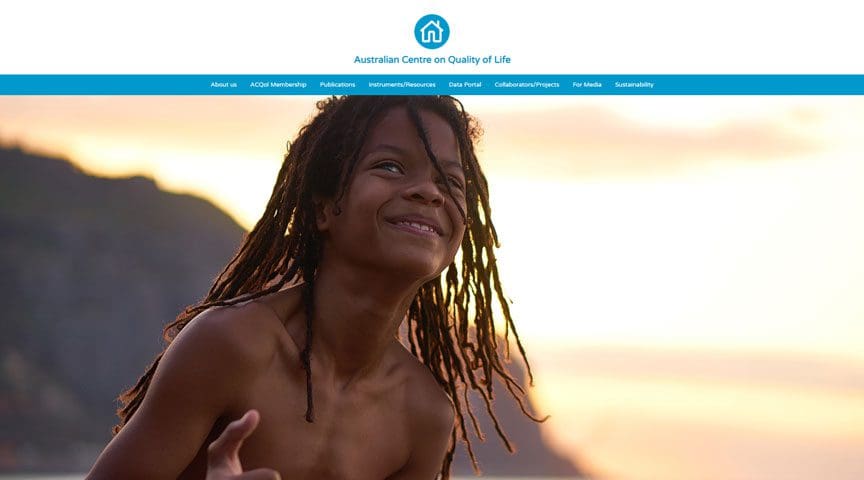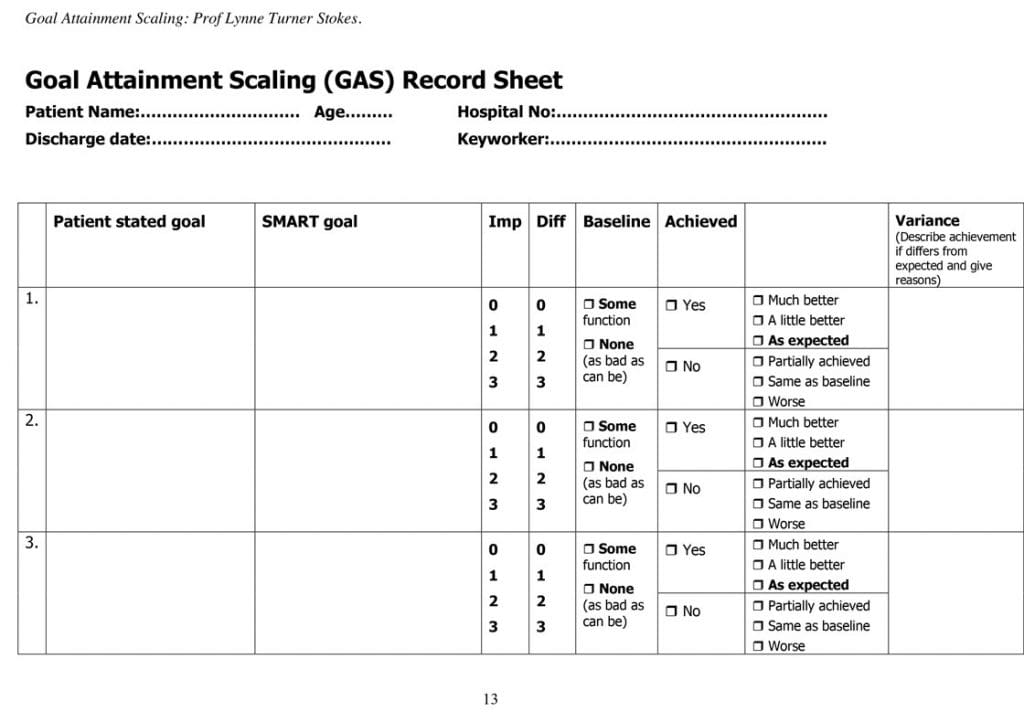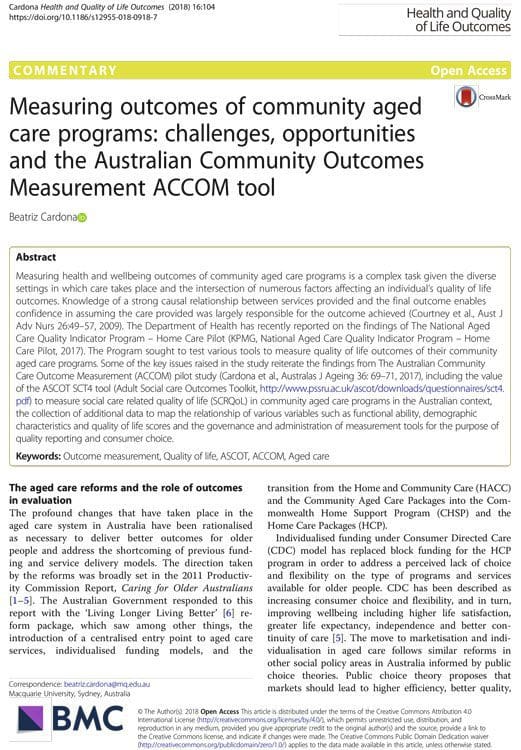Measuring Client Outcomes
At the very core of embedding a culture of Wellness and Reablement is a shift for organisations in how they are measuring clients’ outcomes and success, and understanding the elements of effective reablement, assessment and goal settings, and how they are the building blocks in the implementation of reablement support.
Scroll down for more information.


Commonwealth Home Support Programme (CHSP) contracts are established on the number of hours of service against a service type. Service providers are required to record and report these hours to the funder on a regular basis via the Data Exchange program (DEX).
Prior to Wellness and Reablement becoming the underpinning focus of the CHSP Programme, just the meeting of contractual outputs alone was celebrated and recorded as a success. But to measure the Programme’s objective of maximising independence, enhancing wellbeing, and quality of life there is a need to determine the impact the support provided has had on the client. This is known as measuring client outcomes.
We have put together some key information, activities, points to consider, and links to outcome tools, that we think will assist you to get started or build on your current outcome measurement process.
What are Outcome Measurements for short-term Reablement focused support?
Outcomes are measured by using a combination of both the following:
- Output data (quantitative) i.e.: the data reported to the Department of Health via the Data Exchange and
- Qualitative data includes information gained from the client, observations recorded when updating support plans, and client notes.
For each individual, success will look different and is:
- Relevant to their abilities prior to support commencing,
- What they were trying to achieve (goals) and
- Their level of motivation.
Output data (the hours of support provided) can be analysed and provides a record of the client’s service delivery journey. Within the context of short-term support, this data can be used to measure the increase or decrease of support being provided against a service type.
A decrease or cessation of support may indicate the client’s success in achieving their goal/s. This also demonstrates success for the organisation suggesting that staff have followed the goal-orientated plan and used an enabling approach to assist the client to achieve their goal.
Another variable within the Output data is the length of time a client was receiving support, was the support ceased and why; or was the support at the same level; or was there a decrease/increase and why?


Some factors to consider when measuring clients success
There are numerous factors to consider when measuring the impact and to what extent support being provided has had on the individual client, below are some examples:
- Was the goal reached (e.g., not met, partially met, met, exceeded, greatly exceeded)
- Has there been a positive and desired impact on the older person’s life? Depending on the situation, this could include increases or improvements in:
- physical strength, balance, or flexibility
- physical and/or emotional health
- ability to perform ADLs
- cognition
- care and support relationships
- overall life satisfaction
- confidence and motivation
- feelings of independence
- Additionally, you could consider whether or not the short-term strategy has reduced or delayed ongoing reliance on:
- informal support networks
- CHSP service provisions
- the health system
- higher level care
- and other services and supports.
For CHSP providers the implications of implementing a tool/s that collects all the above factors could be daunting and have an impact on the organisation’s resources and importantly the client who would have to respond to lengthy questionnaires, which could be intrusive. In addition, on an individual basis, some of the above factors would often not be relevant to the support the person requires to achieve their goal/s.
Ways to measure and capture outcomes of CHSP support
There are many measurement tools that can be utilised to measure outcomes for clients who are or have been in receipt of CHSP support. The decision of whether to use a validated tool, such as the Goal Attainment Scale or the tools detailed by Macquarie University in their 2017 study below, as opposed to a simple questionnaire (as shown in Points 1 and 2 below) or a range of tools, is up to individual organisations and ideally should take into consideration the following:
- do the process and outcome have relevance for the client?
- does the tool measure relevant health or life domains?
- how and who will collect the information?
- where will the data/information be stored?
- can it be easily retrieved and analysed?
No matter what decision is made, about the processes and tool/s to be used for measuring outcomes, a baseline measurement (or starting point) is essential prior to the commencement of support to enable the progress or lack of to be quantified. Therefore, it would seem reasonable to conduct the baseline measurement at the initial meeting with the client when support planning commences.
Some examples of how to measure client outcomes
If you are looking for a simple questionnaire to get you started, then consider developing a couple of questions as per our example in points 1 and 2.
1. Develop a couple of questions relating to the client’s level of independence and social connections, and use a Likert Scale to measure the outcome.
For Example:
A. How satisfied are you with your current level of independence?
| Very Dissatisfied | Dissatisfied | Neutral | Satisfied | Very Satisfied |
| 1 | 2 | 3 | 4 | 5 |
B. How satisfied are you with your current involvement in social activities and interests?
| Very Dissatisfied | Dissatisfied | Neutral | Satisfied | Very Satisfied |
| 1 | 2 | 3 | 4 | 5 |


2. Develop a short simple questionnaire tailoring the questions to more generic topics relating to the quality of the client’s life and use a Likert Scale (as above) to measure the outcome.
For Example:
A. How satisfied are you with your life as a whole?
B. How satisfied are you with your standard of living?
C. How satisfied are you with your health?
D. How satisfied are you with what you are currently achieving in life?
E. How satisfied are you with your personal relationships?
3. Data Exchange (DEX)
Did you know DEX has the capability to measure client outcomes through SCORE (Standard Client/Community Outcomes Reporting)?
Commonwealth Home Support Programme (CHSP) providers are required to report individual client demographics and service outputs via the Data Exchange. Whilst not a condition of a service provider contract, those organisations that opt-in DEX also has the capacity to record and report on client outcomes through SCORE. It allows organisations to measure client and or community outcomes using their own self-selected tools and methods.
SCORE – Individual Clients
There are three elements of client outcomes measured through SCORE which can assist in telling the story of the client’s achievements, they are:
- Their circumstance
- Their goals
- Their level of satisfaction
SCORE uses a five-star rating scale and provides a consistent way to translate outcomes into a quantified SCORE.
The Australian Government has produced a document to assist providers to use SCORE with clients. Click the link to access the document.
4. The LifeCurve™ – ADL SmartCare Ltd
If you are looking for something more visual showing progress against activities of daily living then you might like to consider using the LifeCurve™ graph described below. You will find more information about the LifeCurve™ in the 2020- 2022 CHSP Manual (2.2.1) and in the Australian Government Department of Health 2020 resource – Tool kit for embedding wellness and reablement into your organisation.
The evidence-based LifeCurve™ was developed to illustrate how a person’s decline is matched against activities of daily living and how the rate and time frame of any decline can be positively impacted by behaviour and intervention (such as reablement strategies). Difficulty cutting toenails is typically seen as an early indicator that a reablement type intervention may be needed and indicates how individuals can decline from the point of difficulty in cutting toenails to difficulty shopping, using steps, walking, doing heavy housework and so on, unless affirmative action is taken to regain function and capacity such as a change in behaviour, or access to a reablement programme.


Using the above framework to track a client’s progress when working towards improving their independence with their daily activities, provides a visual account of the progress a client may make when short-term reablement-focused support is being provided. Measuring client outcomes using such a visual method could also potentially provide motivation for the client as they view their progress on the scale which uses very relevant activities to where the client is at and where they wish to be.
Client’s Outcome Measure: Example
Below is an example of a clients’ outcome measured on the LifeCurve™ scale – There was a dramatic improvement in mood, confidence, and mobility of the client on a reablement programme over a 4-week period and following a routine of regular exercise. Supports were reduced by 83%.


5. Goal Attainment Scale (GAS)
An example of a validated tool, which is widely used in restorative or rehabilitation settings is GAS (Goal Attainment Scale). This tool provides a method of scoring the extent to which a client’s individual goals are achieved and is stored in a standardised way. GAS promotes the individualisation of goal setting and can be adapted for any client no matter what their abilities. There is an option for the staff member working with the client to identify expected levels of achievement for each of the five levels, therefore, the individual’s current abilities and expected outcomes can be considered.
| Level of Expected Outcome | Rating |
|---|---|
| MUCH MORE than EXPECTED | +2 |
| MORE than EXPECTED | +1 |
| EXPECTED Outcome | 0 |
| LESS than EXPECTED | -1 |
| MUCH LESS than EXPECTED | -2 |
Click the document for more information and resources on GAS
6. And there’s more
Below are links to sites that contain additional information that you may find helpful on client outcome measurement.
The Australian Centre on Quality of Life (ACQol) was established to study evidence-based measures for quality of life. The centre is committed to enhancing the scientific understanding of the quality of life and subjective well being. Click on the image (right) to visit their site.


Measuring outcomes of community aged care programs: challenges, opportunities and the Australian Community Outcomes Measurement ACCOM tool.
Measuring health and wellbeing outcomes of community aged care programs is a complex task given the diverse settings in which care takes place and the intersection of numerous factors affecting an individual’s quality of life outcomes. Knowledge of a strong causal relationship between services provided and the final outcome enables confidence in assuming the care provided was largely responsible for the outcome achieved (Courtney et al., Aust J Adv Nurs 26:49–57, 2009).
The Department of Health has recently reported on the findings of The National Aged Care Quality Indicator Program – Home Care Pilot (KPMG, National Aged Care Quality Indicator Program – Home Care Pilot, 2017). The Program sought to test various tools to measure quality of life outcomes of their community aged care programs. Some of the key issues raised in the study reiterate the findings from The Australian Community Care Outcome Measurement (ACCOM) pilot study (Cardona et al., Australas J Ageing 36: 69–71, 2017), including the value of the ASCOT SCT4 tool (Adult Social care OutcomesToolkit, https://measuring outcomes of community aged programs.pdf) to measure social care related quality of life (SCRQoL) in community aged care programs in the Australian context, the collection of additional data to map the relationship of various variables such as functional ability, demographic characteristics and quality of life scores and the governance and administration of measurement tools for the purpose of quality reporting and consumer choice.
To read the full article on the ACCOM tool, click this link.
There are many reliable and validated tools that could measure wellness and reablement outcomes for your clients. It is important that staff are competent in the use of the tools and that they are accredited (if required), and that the tools are implemented in accordance with instructions.
Acknowledgments
Wellness and Reablement in Aged Care NSW Health Guidelines 2021
LifeCurve ™ ADL Smartcare. 2020.
If you have any questions relating to measuring client outcomes, or your organisation is currently using a client outcome measurement tool, why not share with our KeepAble community using our Contact Us/Feedback form below:
Lorem ipsum dolor sit amet, consectetur adipiscing elit. Sed do eiusmod tempor incididunt ut labore et dolore magna aliqua. Ut enim ad minim veniam, quis nostrud exercitation ullamco laboris nisi ut aliquip ex ea commodo consequat.
Disclaimer text goes here.




